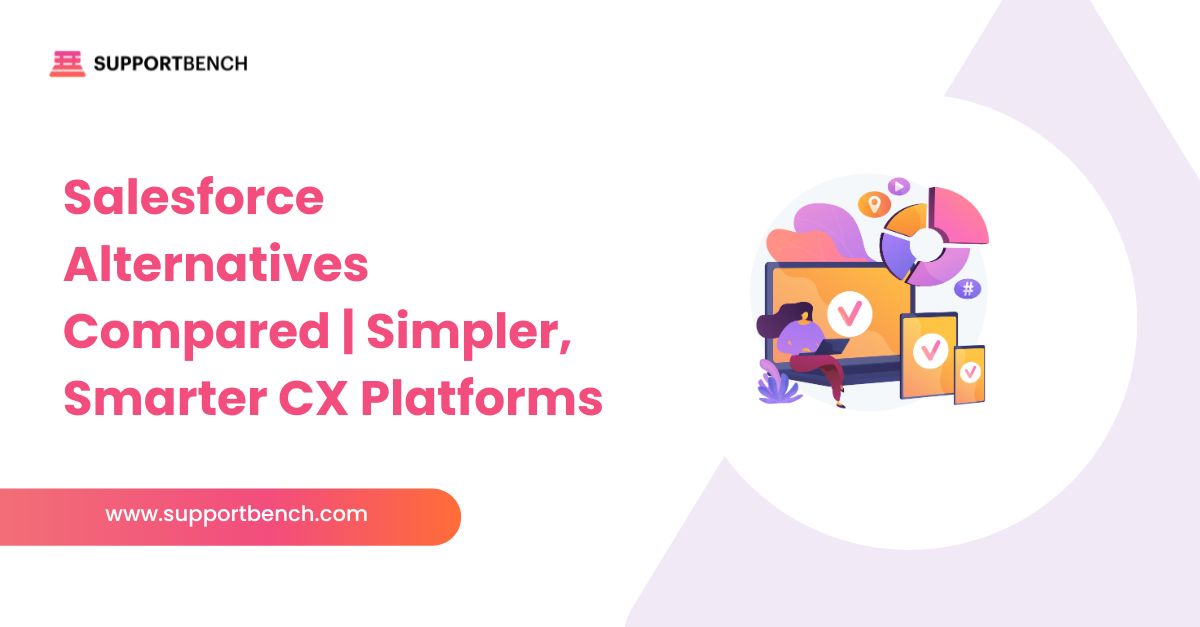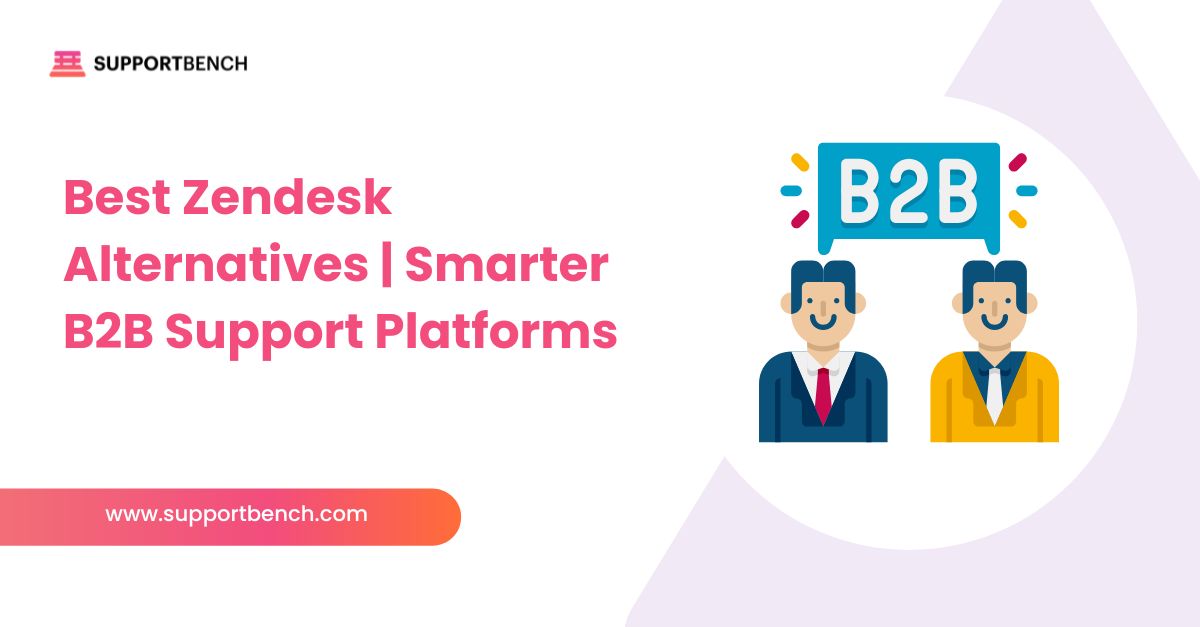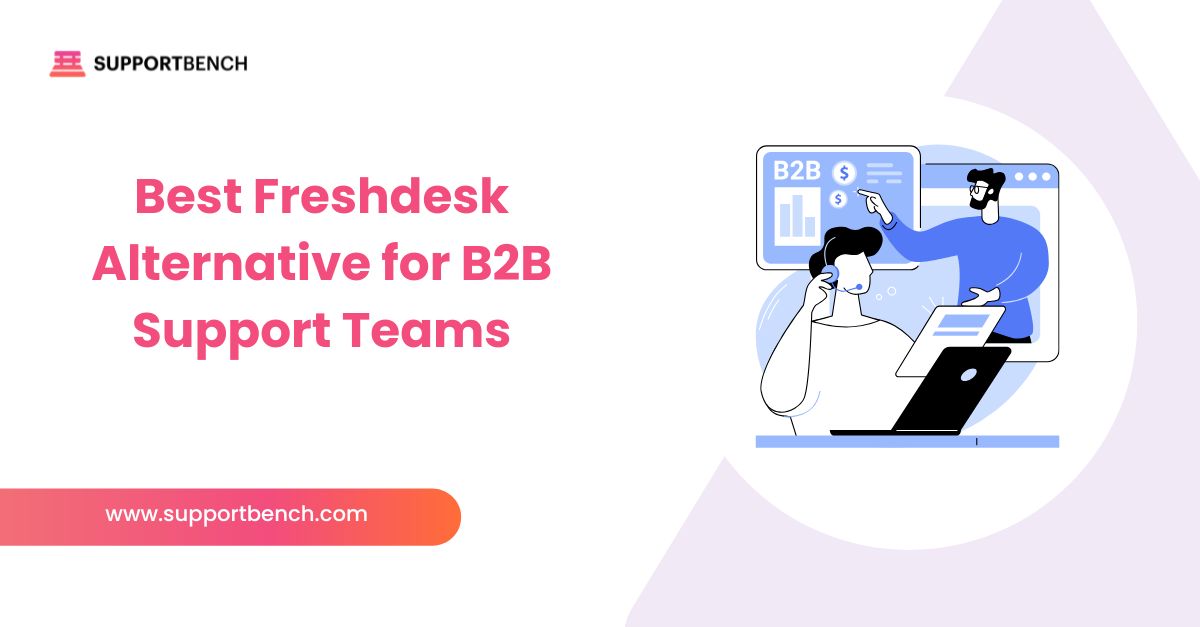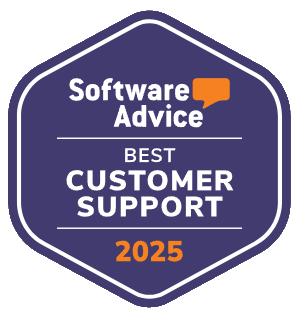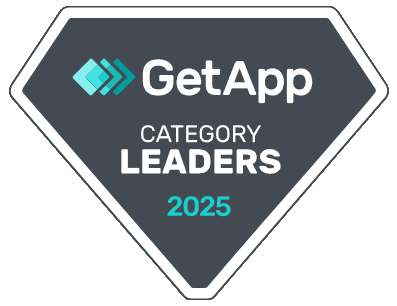With customer expectations constantly evolving, companies need more than just good products to thrive. They need satisfied and successful customers. That’s where Customer Success comes in. But what is Customer Success? At its core, Customer Success is all about understanding customer needs and helping them achieve their desired outcomes. It goes beyond traditional customer support by being proactive and ensuring that customers get value from your products and services before problems arise.
This proactive approach can transform customer relationships from reactive issue-solving into meaningful partnerships. Companies that truly embrace Customer Success are not just solving problems—they’re helping customers achieve their goals. This level of engagement fosters loyalty, drives long-term value, and turns customers into advocates.
The Role of Customer Success in Driving Business Value
Customer Success is a win-win strategy for both businesses and their clients. By aligning company goals with customer outcomes, it creates a mutual benefit that drives business growth. Successful customers become repeat buyers and advocates, which is crucial in today’s market, where recommendations and reviews hold significant influence.
Instead of waiting for customers to come to them with issues, successful companies have a proactive approach to communication and customer management. The goal is to identify opportunities and potential challenges before the customer even realizes they need help. By doing this, companies show they value their customers, leading to increased retention and decreased churn rates.
Here are 3 ways to drive value:
- Be proactive: start by identifying customer needs and reach out to offer solutions before problems occur. For instance, a software company can send tutorials on new features to users, enhancing their experience, long before the customer asks questions or has concerns.
- Customer Advocacy Programs: Turn satisfied customers into advocates by showcasing their success stories. Highlighting a customer’s win builds credibility for your company and promotes your product. You can even develop case studies or testimonials from customers who have seen real benefits from your product.
- Customer Health Score: Track customer engagement to measure satisfaction and anticipate challenges. Metrics like feature adoption, log-ins, and support tickets can provide insights into how well your product is being received. It’s extremely helpful to use data analytics tools to create a health score metric and flag at-risk customers for additional support.
According to Deloitte, organizations that successfully implement customer-centric transformation programs, focusing on Customer Success (CS), have seen significant outcomes. For example, a leading software company that underwent a CS transformation reported a 20% increase in revenue, improved Net Promoter Scores (NPS) by 7-12 points, and saw a 20-30% boost in new product development.

Key Components of Customer Success
Customer Success is built around FIVE key components that work together to ensure the best possible outcomes for customers. Understanding and mastering these 5 components helps organizations create exceptional experiences and establish long-lasting partnerships.
1. Customer Understanding
The foundation of Customer Success is understanding customer needs. Every customer is different, and their definition of success might vary. This is why companies need to ensure that they not only understand what customers want but also the unique obstacles they face.
Customer Journey Mapping is a big part of this. Start by outlining each step a customer takes from onboarding to expansion, identifying potential pain points and moments of delight. You can even interview your customers and create personas to understand where they face challenges and adapt your service accordingly.
Segmentation can be very helpful as well. Segmenting your customers helps in delivering targeted help and value. Understanding different customer types ensures they receive the support that matches their needs. You can develop a tailored onboarding process for different customer segments to provide more value.
2. Onboarding and Adoption
Onboarding is a critical moment in the Customer Success journey. A strong onboarding experience drives higher adoption rates, faster time-to-value, and overall customer satisfaction. Try and help your customers understand how to best use your product through easy-to-follow guides and training sessions. A well-executed onboarding can make the difference between a satisfied user and a frustrated one. Perhaps you can set up a series of automated email tips that progressively guide new customers through your product’s key features. Using the right tool, you can even measure how customers adopt your product and see if they are using it to its full potential.
HubSpot data shows that organizations that prioritize customer onboarding as a key driver of value report better retention rates, with 82% of enterprise organizations rating their onboarding strategy as critical for customer success. Poor onboarding, on the other hand, often results in low engagement metrics, increased support requests, and ultimately, higher churn rates (HubSpot).
3. Value Realization and Metrics
To keep customers engaged, it’s vital to demonstrate ongoing value. Customers want to know they are getting results from the product they invested in. Measuring value helps you show ROI and keeps customers invested in your product.
You can start with identifying key outcomes your customers are trying to achieve and show how your product is helping reach those goals. You might try developing regular “value reports” for your customers to quantify how your product is contributing to their success. Or, you can craft individualized plans to align product capabilities with customer-specific goals. It’s always extra helpful to assign a Customer Success Manager to work closely with your biggest accounts to align usage to goals.

4. Ongoing Engagement and Support
Customer Success does not end at onboarding. It’s about maintaining a consistent and ongoing relationship that ensures customers continue to get value and remain engaged with the product. Try meeting with customers to assess their goals and success milestones. These meetings also provide a space to understand upcoming customer needs. You can also schedule quarterly business reviews (QBRs) to assess progress and adjust success plans. Customers like being informed about new features, upgrades, and best practices through training and webinars.
5. Scalability of Customer Success
Scaling Customer Success efficiently requires smart processes and automation. As customer numbers grow, providing individual attention to each one can become challenging, and technology is key to achieving scalability without losing personalization.
Using customer success tools like automated workflows and automated check-ins and reminders will enhance the efficiency of your Customer Success team. For dramatic improvements, definitely consider implementing a customer relationship management (CRM) system that automatically sends onboarding tips to new customers. Most of these tools include a Self-Service Knowledge Base that creates resources customers can access at any time. A well-maintained knowledge base can help customers find answers on their own, reducing the burden on your team.

How Supportbench Enhances Customer Relations
Supportbench offers a comprehensive solution to enhance Customer Relations by providing all the tools needed for effective Customer Success under one platform. Its approach ensures that companies can manage their customer interactions holistically, enabling a unified and seamless experience.
Supportbench’s AI capabilities allow companies to identify and solve potential issues before they escalate, keeping customers satisfied and engaged. Also, the Knowledge Base and Self-Service Portals are built-in to the system so customers can find solutions on their own, reducing the workload on support teams while enhancing the customer experience. And, by integrating all customer interactions in one place—from emails to chat to social media—Supportbench ensures there are no gaps in communication, creating a seamless customer experience.
Companies that use Supportbench are most certainly taking aproactive approach to Customer Success, allowing them to scale their service efficiently without compromising quality. This ultimately results in increased customer satisfaction, reduced churn, and a solid foundation for long-term customer partnerships.
Conclusion
Customer Success is more than a strategy—it’s a commitment to helping customers achieve their goals and, in turn, driving business growth. By proactively engaging with customers, understanding their needs, and demonstrating ongoing value, companies can build lasting relationships that lead to greater loyalty and advocacy. Embracing the key components of Customer Success, such as effective onboarding, personalized engagement, and scalable support, allows businesses to create a win-win situation where both the company and the customer benefit.
In today’s competitive market, companies that prioritize Customer Success are better positioned to thrive. Tools like Supportbench can help you stay ahead by providing the infrastructure needed to support customers effectively and efficiently. By focusing on customer outcomes and continually evolving your approach, you can ensure that your customers remain satisfied, loyal, and successful—and when they succeed, so do you.



